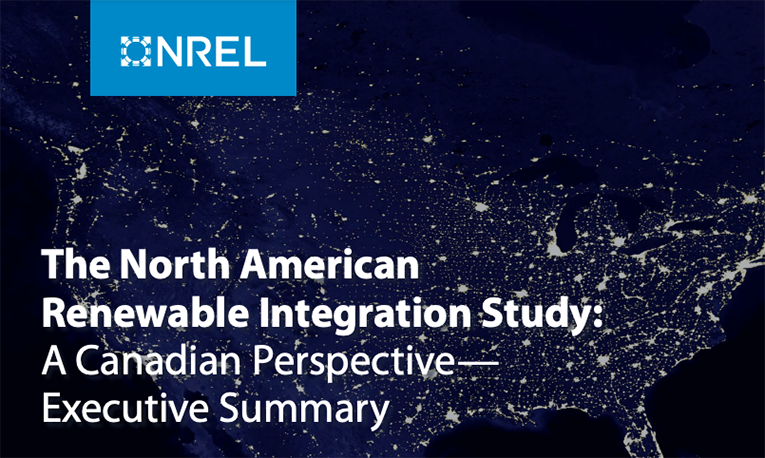Today, the North American Renewable Integration Study (NARIS) released the U.S. Perspective Report and the Canadian Perspective Report. Accordingly, both studies had the support of the U.S. Department of Energy (DOE) and Natural Resources Canada (NRCan).
Read more about this story, here; API unveils New Climate Reporting Template
About NARIS
Worth noting launched in 2016, NARIS evaluated four scenarios for North American power systems through 2050. Accordingly, it focused on the effects of various renewable technology cost trajectories, emission constraints, demand growth, and outcomes.
As a result, some of the report’s key findings are that, for North America, there will be multiple combinations of electricity generation, transmission, and demand that can result in 80% carbon reduction by 2050.
Thus, the future low-carbon system will be able to balance supply and demand across a wide range of future conditions. Also, all generation and storage technologies will contribute to resource adequacy.
NARIS also expects operational flexibility to come from the transmission, electricity storage, and flexible operation of all generator types; for instance, including hydropower, wind, solar, and thermal generation.
Similarly, regarding how North America will be able to achieve its carbon targets, NARIS found it could be achieved with conservative assumptions about the cost of wind and solar.
Moreover, NARIS noted that steeper cost reduction of these technologies could lead to a faster and less costly transition to a low-carbon electricity grid.
Key Findings
Additionally, NARIS expects regional and international cooperation on electricity transmission to increase. As a result, this can provide significant net system economic benefits through 2050.
Lastly, the North American electric power system will continue under significant change, with renewable resources now contributing more generation than ever before. Thus, This transformation is poised to continue due to decreasing technology costs and ambitious decarbonization goals at the federal, state, local, corporate, and consumer levels.
To support this study, the organization relied on grid planners, utilities, industry, policymakers; and other stakeholders to assess the challenges and opportunities for continental system integration; particularly, of large amounts of wind, solar, and hydropower to support a low-carbon future grid.
Moreover, the study assesses opportunities to modernize and decarbonize the North American power system; mainly, through the integrated planning and operation of generation and transmission infrastructures to meet end-user demand.
Finally, DOE funding was provided through the Office of Energy Efficiency and Renewable Energy’s Wind Energy Technologies Office, Water Power Technologies Office, and Solar Energy Technologies Office.


